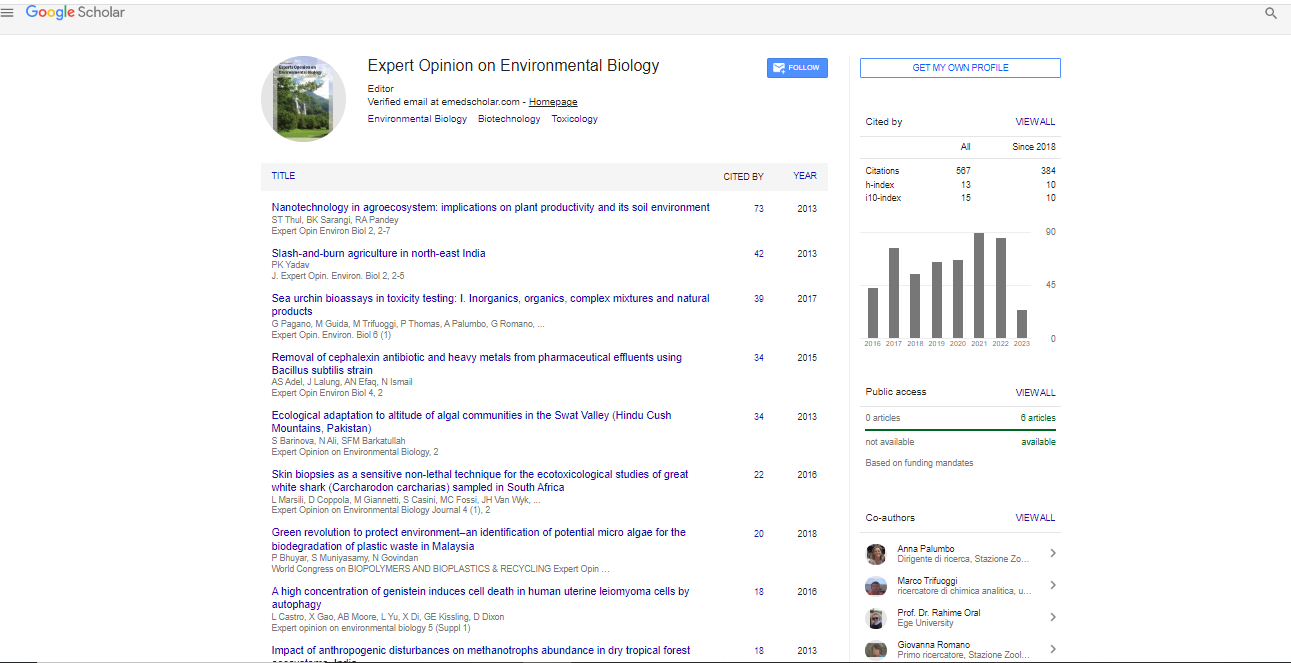Climate change influences on the braided bars of the Jamuna River: A case study from the Sonatala and Sariakandi Upazilas of Bogura district, Bangladesh
Rajib Kumar Saha
Geological Survey of Bangladesh, Bangladesh
: Expert Opin Environ Biol
Abstract
The study area covers the Jamuna River and its numerous braided bars from Sonatala and upper part of Sariakandi Upazila, Bogura District, Bangladesh. The investigated area mainly covered by the Holocene sediments which formed through fluvial process. It has been studied with the aid of satellite images, available maps then geological units have been demarcated by field checking and re-examined with different GIS tools for conformation. The sediments of the area consists mainly admixture of clay, silt and fine sand to very fine sand. The geological units namely: (a) Longitudinal bar deposit (b) Lateral bar deposit and (c) Transverse bar deposit. From the study area eight (8) longitudinal bars have been identified, five (5) transverse bar and two (02) lateral bars have also been demarcated. On the basis of contextual elements like texture, tone, association, shape, size and pattern of each unit features in aerial photographs and various bands and band combination study of remote sensing imagery and after the field checking this area can be subdivided into two distinct geomorphic units such as stable bar and migratory bar. Stable bars have been continuously being enriched by heavy silts deposited by rivers during the rainy season. Migratory bar has been influence by single flood cycle sedimentation, river bank erosion tendency and submerging nature during high tide and monsoon. This research is a partial attempt for establishment of a relationship between erosion of the stable bars and migratory bars of the Sonatala and Sariakandi Upazila as well as the influence of climate changes on river morphology. From the study it can be evident that stable bars remain static for several monsoons and inundated during full stage of bank. Whereas migratory bars have been prone to submerge by highest peak of monsoonal discharge and peripheral lobe of the bars has been eroded during monsoon. Landsat and Rapid Eye Image data has inferred that the changes of bar morphology due to annual water discharge. However, ongoing climate change induced heavy rainfall and flash flooding on the upstream of the Jamuna River creates change in its natural course as well as its river bank and bars area. Rapid intense rainfall in the Jamuna River catchment area accelerates the erosion of the stable bars of the study area. To recapitulate, it can be suggested that, erosional hazards of the Sonatala and upper part of the Sariakandi Upazila area can be minimized by taking planned dredging action on the actual and natural course of the Jamuna River.
Biography
E-mail: rajibkumarsaha@hotmail.com
 Spanish
Spanish  Chinese
Chinese  Russian
Russian  German
German  French
French  Japanese
Japanese  Portuguese
Portuguese  Hindi
Hindi 
